Twillingate Newfoundland Guide
We visited Twillingate in Newfoundland on a research trip supported by Tourism Newfoundland as travel bloggersWe spent several days in Twillingate, exploring the island and its highlights. We visited the Twillingate Museum, hiked along the spectacular coastal paths and took a boat tour along the cliffs. We also learned that on Newfoundland even produces a special wine.
Meeting locals and experiencing the fishing culture were particularly exciting. The breathtaking nature and the hospitable people leave a lasting impression.
The Prime Berth Fishing Museum: Experience history up close
Just behind the bridge over the narrow channel that separates South Twillingate Island from the main island of Newfoundland, the Twillingate Newfoundland Fishing Museum - Prime Berth is on the left. It is impossible to miss, as the museum's website address is emblazoned in large letters on the roof of the main building and an imaginative sign shows us the entrance to the parking lot.
Anyone who expects something dusty and dry when they hear the word “museum” will be surprised at how tongue-in-cheek history can be presented. Already at the parking lot in front of the museum, a plastic sailor with round, googly eyes stares at us from his rowing boat and gives us a little taste of what awaits us in the museum. Another example on our Newfoundland trip from St. John of Trinity up to here, which shows the humor of the Newfoundland.

Discover Twillingate: A glimpse into history
In their small fishing museum in Twillingate, Newfoundland, David Boyd and his wife Christine recall the golden age of fishing off the coast of Newfoundland, when fishing was the island's most important source of income. David went out to sea with his father and learned from him how to catch and process fish.
Those days have been over since the end of the 20th century, when a Canadian government moratorium banned cod fishing because numbers had declined dramatically. Although there have been encouraging signs of a recovery in fish stocks since 2005, there is still a long way to go before the cod population returns to its former levels. And many former fishermen have now sought other sources of income and given up fishing, which has often been a family tradition for generations. In 2024, Canada lifted the ban on cod fishing in the Atlantic, at least partially. The permitted catch was increased from 13000 to 18000 tonnes per year.
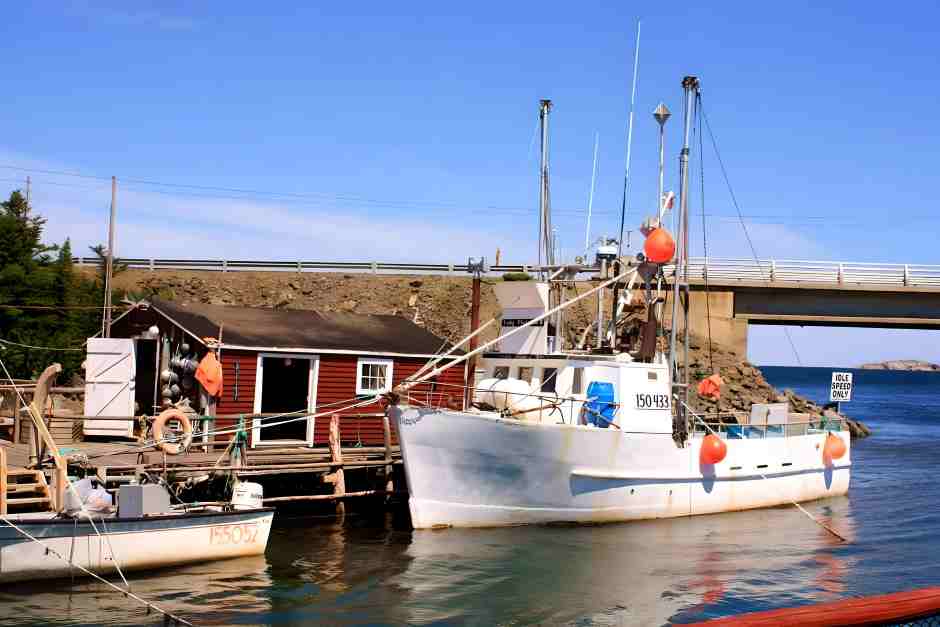
The Prime Berth Fishing Museum: Experience history up close
It was a similar story for David Boyd. He grew up in a fishing family in Twillingate, Newfoundland, and his father's house once hosted a lottery to determine the best place - the "prime berth" - to lay traps.
Every May, the fishermen of Twillingate would gather in his father's kitchen, hoping to claim this space for their cod traps. In memory of this event, David and his wife named their museum after this event.

The two of them gathered all sorts of paraphernalia to show posterity how fishing was done in Twillingate. There are lobster traps and buoys to marvel at, anchor chains and lines, nets, oars and dories, the small boats with which they controlled their nets off the coast. In their fishing museum in Twillingate Newfoundland you will learn a lot of interesting facts about the island's fishing.
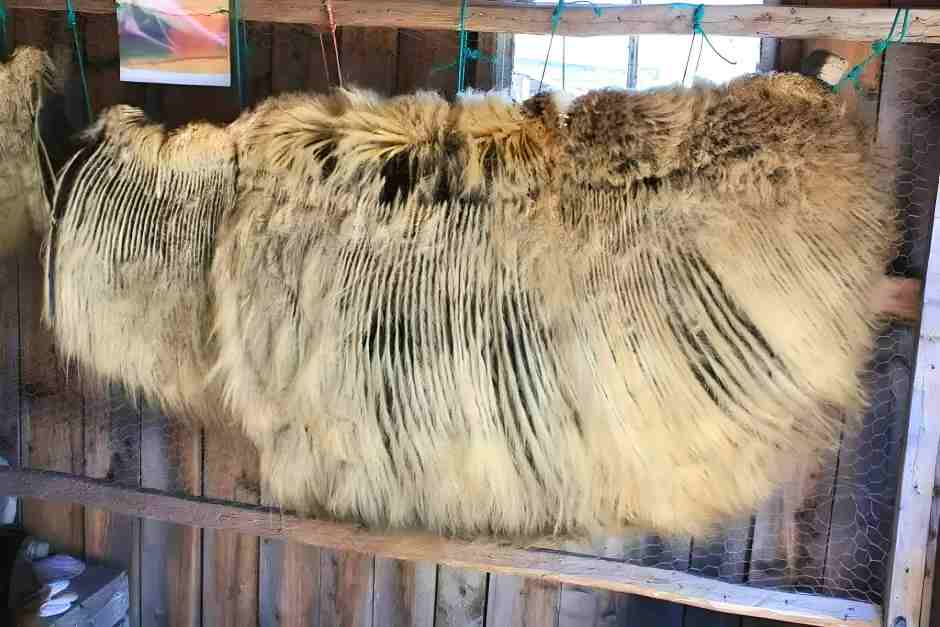
A walk through the Prime Berth Fishing Museum
From the times when whaling was still permitted, the Fisheries Museum in Twillingate Newfoundland shows the impressive jaws of the whales with whale baleen through which they filter krill and plankton, the tiny sea creatures on which they feed. It's hard to believe that the largest sea creatures can survive on the smallest animals that live in the sea.

Dried Fish
Funny figures in the Fisheries Museum in Twillingate Newfoundland show how the caught fish was once laid out to dry - a laborious job, as the fish first had to be gutted and then filleted before being dried on wooden racks in the sun. These fish drying systems must have given off an intense smell, as you can vividly imagine. There were no cooling systems back then.
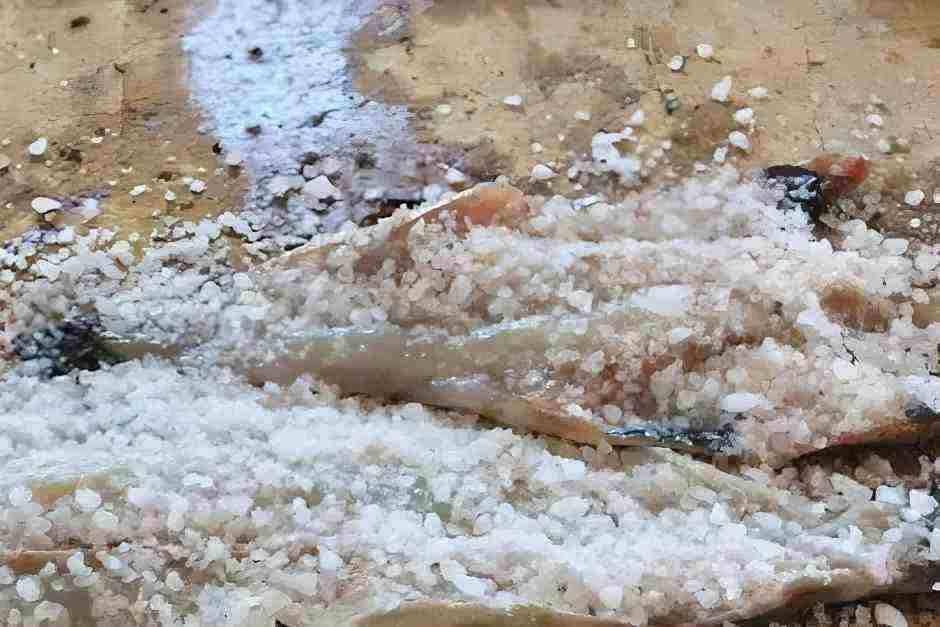
Saltfish
Another way to preserve the fish was to salt the fish fillets. David and his crew are happy to show this on request. There is a lot of interesting things to discover and learn in this fishing museum in Twillingate Newfoundland, which could hardly show the history of the region but also the humorous mentality of the Newfoundlanders better. Therefore, our conclusion is: A visit to the “Prime Berth” museum is a must if you come to Twillingate, Newfoundland.
The Prime Berth Fisheries Museum in Twillingate Newfoundland is just off Highway 340, left behind the bridge to South Twillingate Island.
More about that Prime Berth Fishing Museum You can find out more on his website.
More information about fishing in Newfoundland:
- Die Fangfrage (German article)
- Kanada hebt Fangverbot für Kabeljau im Atlantik auf – zumindest offiziell (German article)
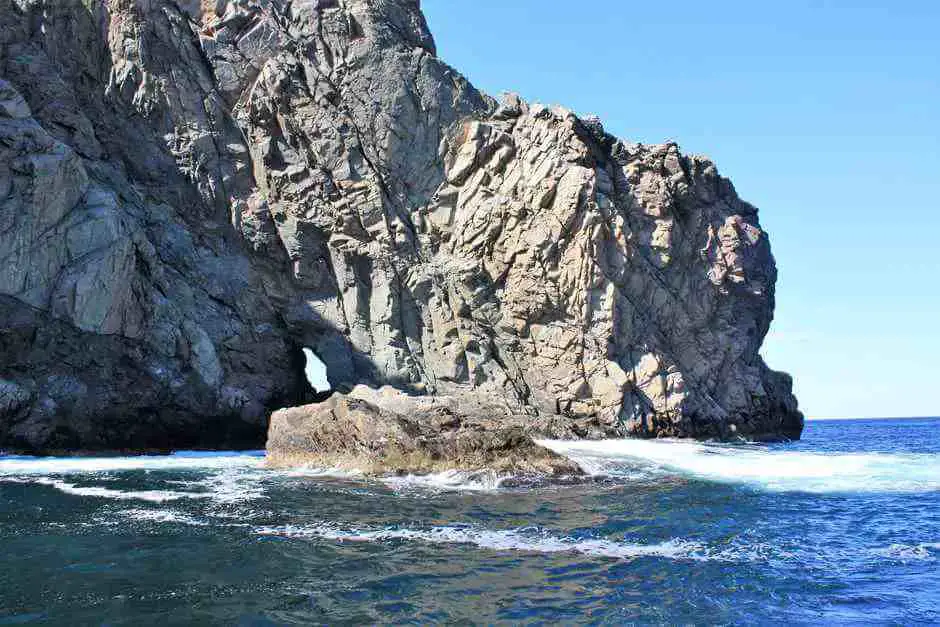
Boat trip along the cliffs off Twillingate Newfoundland
There are places where you feel like you are in another world. Here you can enjoy nature. Twillingate Newfoundland is one of them. There where humans hardly have any say. Where nature takes over. Where the elements dictate what happens. In a place where the wind grinds down ancient stones. Where waves that can gather power over thousands of kilometers break on steep cliffs. In a landscape where only water, wind and waves can counteract the hard rock of the steep cliffs.
There aren't many places like this, but the ones that are remain etched in your memory. There you can see how much humans are only a marginal phenomenon in earth's events. The coastal landscape off Twillingate in Newfoundland is one such place.

Nature is still present in its original form in such places on earth. Even animals rarely show up and seem to prefer other areas. Anyway, we see on our trip along the coast before Twillingate only a few birds and a single minke whale, which shows us briefly. He makes himself quickly back off and disappears again from our field of vision. It's almost as if they are avoiding this harsh landscape.

Icebergs and whales off Twillingate NL: A nature experience
Actually, we had hoped to see another iceberg or some chunks of ice off the coast that drift from the Arctic into these waters during the spring months. But with temperatures moving between 25 and 30 degrees in July, we quickly realize that our chances are slim. Therefore, we expect nothing spectacular from our boat trip off the Atlantic coast at Twillingate in Newfoundland.
But we soon realise how wrong we are as soon as we leave the harbour of Twillingate NL. We have the small nutshell almost to ourselves, which transports us out into the open Atlantic on a sunny afternoon. Just the thought that there is nothing but thousands of kilometres of water between us and the west coast of Ireland fills me with respect. I am happy about the sunny weather and the light breeze blowing in from the sea and hope that it stays that way during our boat trip.
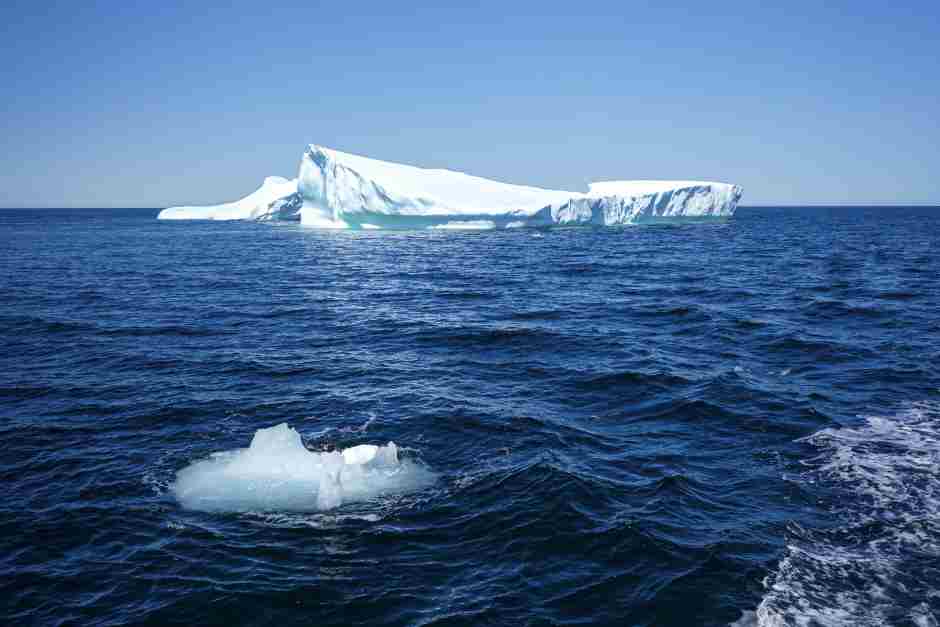
On a journey of discovery: Hidden bays and dramatic cliffs off Twillingate Newfoundland
What I didn't expect was the wild and rugged beauty of the cliffs that stretch south of the harbor entrance to Twillingate. With no sign of human habitation, the rock faces reach south as far as the eye can see - high and jagged. I feel like the only person in the world. An intoxicating feeling. No wonder we on the Iceberg Quest boat are the only ones, apart from another couple from Ontario, who set off into these waters on this summer day.
It's high season in Newfoundland. We have all this beauty and breathtaking nature to ourselves and experience a world in the IMAX format. Imposing cliffs with crags shaped by wind and waves, rock outcrops, through which we look out over the vast expanse of the Atlantic Ocean and a primeval landscape, as you rarely see.
Alone in a wild nature in front of Tillingate NL
Apart from a few seagulls and a minke whale, we didn't see any wild animals, which only strengthened my feeling that I was one of the few creatures that inhabited this region. This is how the first pioneers must have felt on this coast, and I can imagine what a big step it must have been for the first immigrants to move to this wild island.
There have to be compelling reasons to leave your familiar home and settle in such inhospitable areas. With such thoughts in mind, we finally reach the protective harbor of Twillingate NL, impressed by a boat trip along the wild cliffs of Newfoundland, which gave us more than we expected.

We were with the Boat of Iceberg Quest on this tour. In summer there are departures at 9.30 a.m., 13.00 p.m., and 16.00 p.m. At the beginning and end of the season, departures are limited, so reservations are required.
Auk Bay Winery: fruit wines from Twillingate Newfoundland
Wine in Newfoundland is nothing new, as the island may be the Vinland - read wine country - of the Vikings. They discovered it around the year 1000 on the east coast of America and settled there. Whether it really was, however, is something that scientists are still arguing about today. It competes for this name with, among others, Cape Cod.
One thing is certain, however. Newfoundland wine has certainly never grown on a winery in rows like the vines we know from other parts of Canada. In the Niagara region or the Okanagan Valley, river valleys and lake shores are covered with rows of vines. Newfoundland wine grows in nature. Newfoundland Blueberry Wine is wild. So I was all the more surprised when I heard that the town of Twillingate has a winery. The Newfoundland Winery in the Auk Bay, which produces its wines just outside of town in an old school building.

The production of unique fruit wines
During our visit, it quickly became clear to me that only a few "real" wines are produced in this winery. As is well known, only fermented juice that is actually produced from grapes can be called "wine". Everything else is - at least according to German food law - wine in the broader sense, wine-based beverages or wine-like beverages.
The Auk Bay Winery in Newfoundland produces three real wines: Great Auk Shiraz, Great Auk Chardonnay and Great Auk Cabernet Sauvignon. None of the grapes used come from the island. The Newfoundland Winery buys them from winemakers in other parts of Canada. This is probably why many wine connoisseurs turn up their noses at the "blend" that comes from this winery.
But the specialty of the Auk Bay Winery is not wines made from grapes, but fruit wines. These are – if you look closely – wine-like drinks. The ingredients come from Newfoundland. This is where it gets interesting. Almost all types of fruit that are native to the island are used. The most famous is the Newfoundland Blueberry Wine, the wine made from blueberries.

The Newfoundland Winery in Auk Bay produces Newfoundland Wine
These include types of fruit such as lingonberries, partridgeberries, gooseberries or bakeapples, which have absolutely nothing in common with apples. They resemble large raspberries, only they are yellow. But fruit wines are also made from blueberries, rhubarb, plums, blackberries, cranberries, currants and raspberries in the wine cellar of the Auk Bay Winery. The best known is the Newfoundland Blueberry Wine.
Since the types of fruit do not provide enough liquid to be able to make wine from them - sorry, fruit wine - water is added to the fruit mash. For the Iceberg Wines, the melt water from icebergs is chosen. These drift annually from the Arctic off the coast of Twillingate. This uses the cleanest water in the world for wine production in the Newfoundland Winery.
Wine tasting of fruit wines with funny names
Depending on the sugar content of the berries, you add more sweeteners until the fruit wine reaches the taste you want. This is how fruit wines and wine-based drinks are created, which – how could it be otherwise in Newfoundland – have imaginative names. We try these at a wine tasting. There is the Funky Puffin, the Spin the Bottle, the Moose Joose, the Wreckhouse or the Jellybean Row. I think the Krooked Cod is the most beautiful, which for me is a symbol of the Humor of the Newfoundlanders is. Who else comes up with the idea of calling a wine made from blueberries and raspberries a "crooked cod"?

Conclusion: Twillingate Newfoundland – An unforgettable experience
Twillingate, Newfoundland, offers you a great experience. Visit the Prime Berth Fishing Museum, immerse yourself in the history of fishing and discover traditional fishing methods. A boat trip along the steep coast shows you hidden bays, dramatic cliffs, icebergs and whales. The Auk Bay Winery surprises with unique fruit wines. Enjoy a tasting with a view. Twillingate combines nature and culture and offers you a deep insight into the history and beauty of Newfoundland. Experience it for yourself and be amazed.
Questions and answers about Twillingate Newfoundland
When is the best time to visit Twillingate?
The best time to visit Twillingate is from May to September. During these months the weather is most pleasant and there are the best chances of seeing icebergs and whales.
Is there accommodation in Twillingate?
Yes, there are various types of accommodation in Twillingate, from cozy bed and breakfasts to hotels and vacation homes. Early booking is recommended, especially during peak season.
What outdoor activities are there in Twillingate?
Twillingate offers many outdoor activities such as hiking, kayaking, fishing and bird watching. Popular hiking trails include the Long Point Lighthouse Trail and the French Beach Trail.
Are there guided tours in Twillingate?
Yes, there are a variety of guided tours available, including whale and iceberg sighting boat trips and walking tours. These tours offer deeper insight into the region and its history.
What is the best way to get to Twillingate?
The best way to get to Twillingate is by car, which is about 5 hours from St. John's. Alternatively, there are buses and organized tours that combine transportation and activities.
What to do in Twillingate and Newfoundland
- From Twillingate you can take a trip to Fogo Island make. Cindy from Travel Bliss Now describes what there is to experience there.
- Discover icebergs in the bay
What you need for Twillingate Newfoundland
- Good hiking bootsBecause many of Newfoundland's landscapes are best explored on foot
- In summer: one waterproof windbreakerthat protects against the fresh breeze from the sea. In the spring: a wax jacket, because it provides even better protection against the wind and cold on boats and icebergs.
- Since a trip through Newfoundland always leads through rough areas with weather that is difficult to predict, we recommend a protective case for your cell phone and a backpack for the camera, in which you can safely store lenses and accessories.
- Even if you are travelling in northern Canada, the sun can be very intense. Therefore, you should definitely wear sun protection and a Wide brimmed hat have along.
- Because of the weather, you should dress in several layers. This way you can quickly adapt to the new conditions when it rains. A fleece jacket is very helpful here.
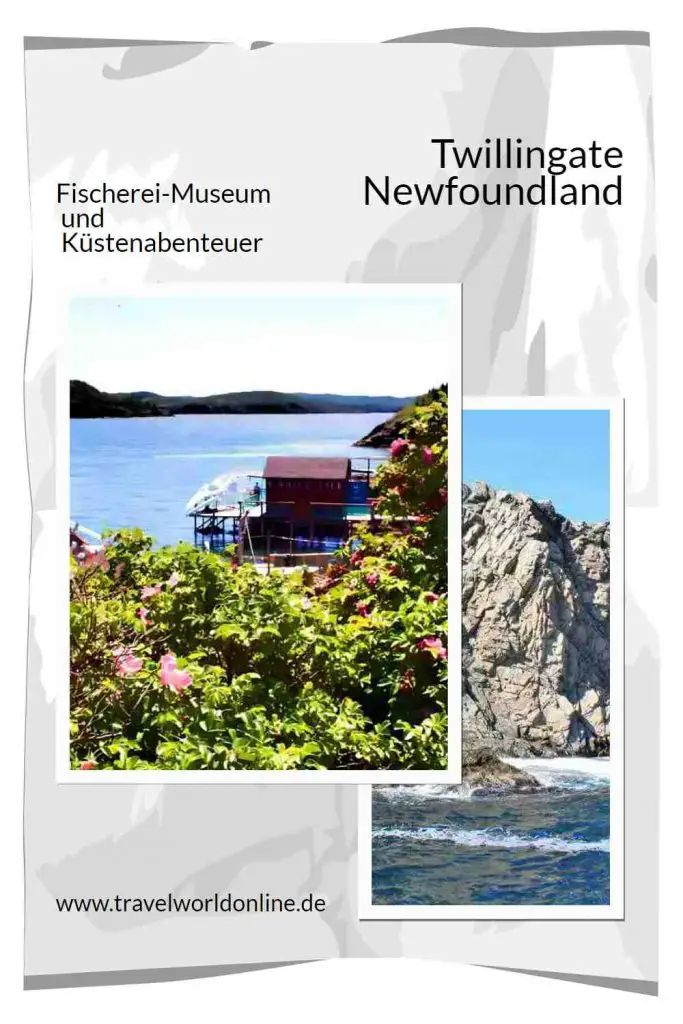
Do you know this?
- Trinity, Newfoundland, in July when the wildflowers are in bloom
- Newfoundland, Canada: the island of explorers
- Culinary specialties in Newfoundland
- Hotels in St. John's Newfoundland
- Newfoundland blogs for travel preparation
- Discover the Most Beautiful City in Canada: A Traveler’s Guide to Stunning Destinations
- Hiking at Ucluelet Vancouver Island on the Wild Pacific Trail
- Why not grill game? This is what you need to know.
Source: own research on site. We would definitely like to thank you Newfoundland Labrador Tourism for the invitation to this research trip. However, our opinion remains unaffected.
Text: © Monika Fuchs and TWO
Photos: © Monika Fuchs and TWO
Video: © Petar Fuchs and TWO

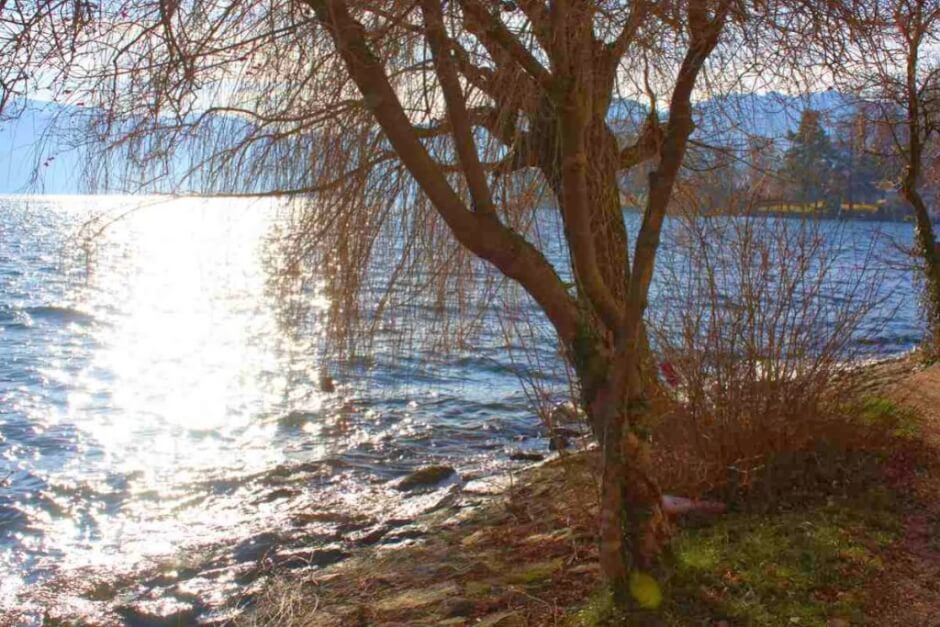
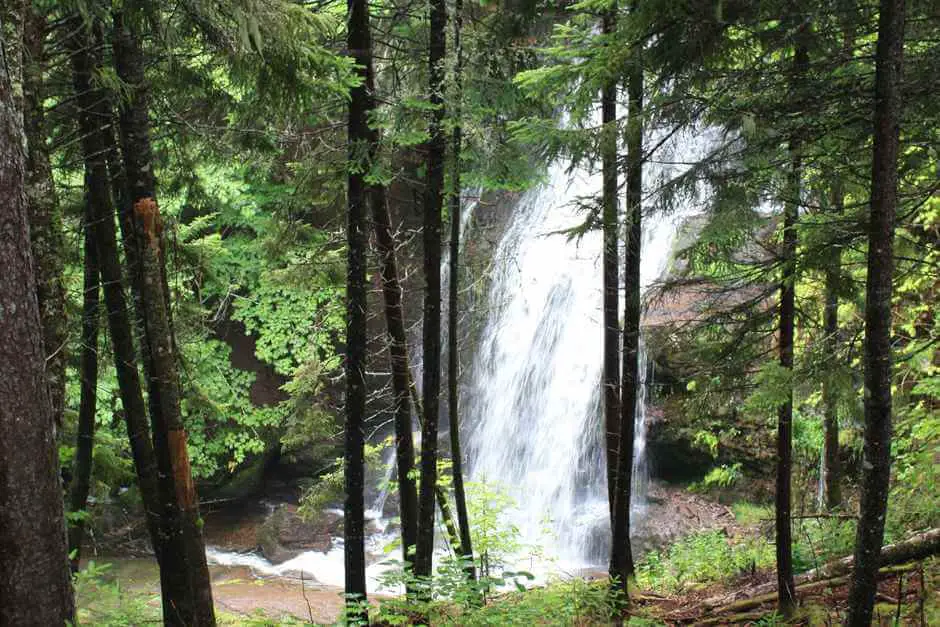
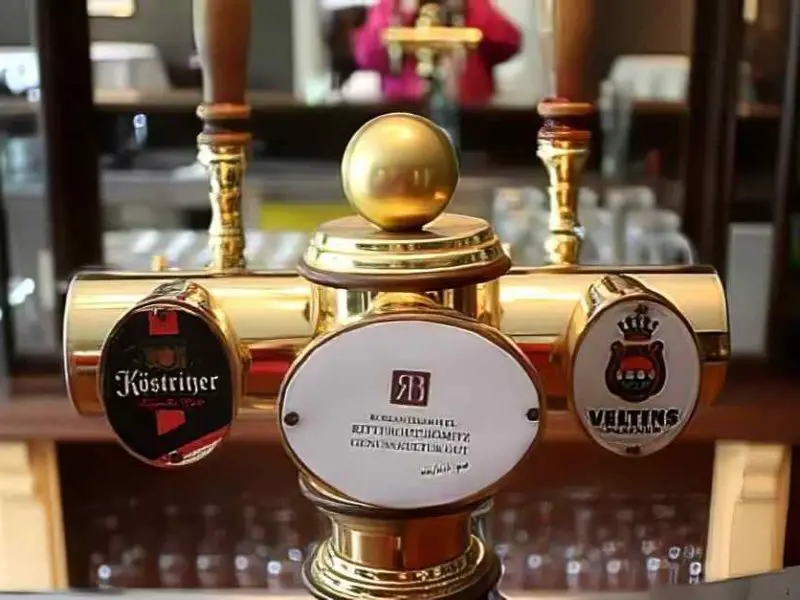
How nice - you also experienced the wild Newfoundland! We also missed the icebergs. Next time we drive better in the spring.
Greetings from Sanne
Dear Sanne,
Yes, the island impressed us a lot, even though we only saw an almost melted iceberg at St. Anthony's. But the wildflowers were absolutely terrific. We have never seen such wildflower meadows as in Newfoundland. You just can not have both at the same time.
Best regards,
Monika